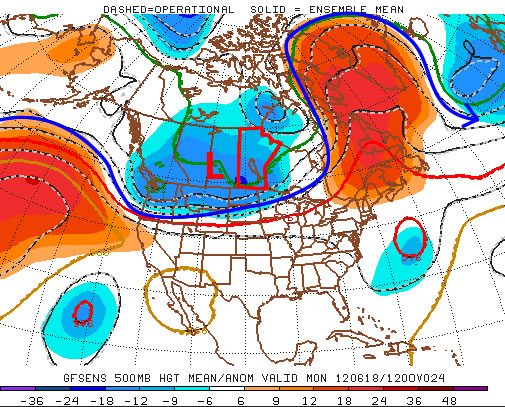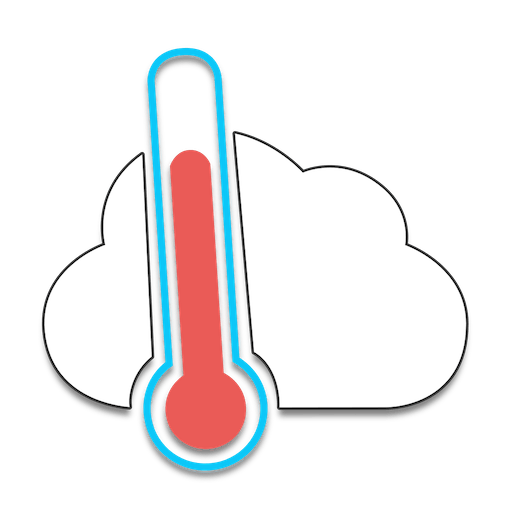One more day of showers is in store for Winnipeg as another upper low tracks across the province before conditions finally begin to improve as the long-wave upper trough that has been quasi-stationary over the Prairies shifts off to the east and upper ridging begins building in.
Another low will track across Southern Manitoba today, bringing with it more cloud and a chance of showers. This system brought widespread thundershowers to Alberta & Saskatchewan yesterday with multiple sightings of funnel clouds as well. Activity will be more subdued over Manitoba today as the system won’t have quite as much energy to work with as yesterday; in general the clouds should break up over the RRV a little this afternoon with scattered showers developing over SW Manitoba and pushing eastwards through the afternoon. Rain will likely be hit and miss as the disorganized mass pushes eastwards. Showers will move into the Winnipeg area by mid-afternoon and will push out/diminish in the early evening as daytime heating diminishes. There’s a slight chance for a thundershower or two, but that chance is marginal at best.
As the low moves off into NW Ontario tomorrow evening, it will mark the transition to a markedly different weather pattern. Through the day on Thursday, upper ridging will begin to build it’s way into the Prairies. We’ll finally see the sun again on Thursday as temperatures climb into the low 20’s across the RRV. There’s a slight chance of some showers/thunderstorms over SW Manitoba and the RRV as a shortwave slides down through the area. After that, it’s all sunshine as the upper ridge continues building into our area. Temperatures should push into the mid-20’s for the weekend with plenty of sunshine. Finally, some time to dry out!







